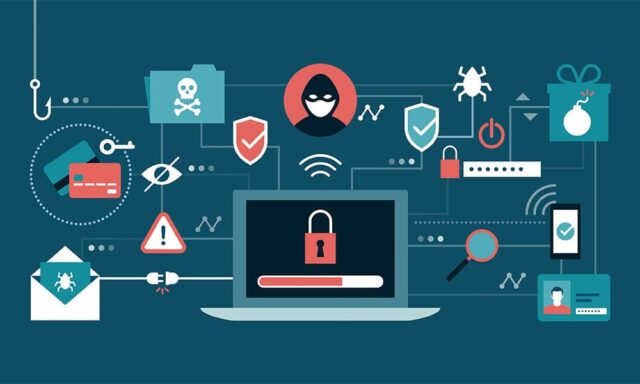October is Cybersecurity Awareness Month. This year the Cybersecurity & Infrastructure Security Agency’s (“CISA”) campaign, “See Yourself in Cyber” demonstrates that while cyber security may seem like a complex subject, ultimately, it’s really about people. Their website has great resources to learn more about how to reduce cybersecurity threats and protect yourself online: https://www.cisa.gov/cybersecurity-awareness-month
Prio would like to highlight 4 steps that the CISA recommends that you can do to keep yourself cyber safe:
- Turn on Multi-Factor Authentication
- Use Strong Passwords
- Recognize and Report Phishing
- Update Your Software
Here are some additional resources we recommend:
- To learn more about online security and privacy, and protecting yourself from scams: https://consumer.ftc.gov/identity-theft-and-online-security/online-privacy-and-security
- Videos on cybersecurity basics: https://www.ftc.gov/business-guidance/small-businesses/cybersecurity/videos
- Learn more about protecting yourself from scams and fighting fraud: https://www.aarp.org/money/scams-fraud/?intcmp=GLBNAV-SL-MON-CONP
We encourage you to review this information with all members of your household, and ask you to do the following so that Prio can help protect your identity and accounts:
- If you change a current address, notify us so that we can update our records.
- If you suspect that your email account has been compromised, call us immediately.
- If you suspect that your account has been compromised, call us immediately.
Do not hesitate to contact us with questions or concerns about how Prio protects your accounts or the steps you and your family can take to better protect yourselves. As always, we appreciate the opportunity to help you Prioritize Your Life.
| This document is provided for educational purposes only and is not intended, nor should it be relied upon, to address every aspect of the subject discussed therein. The information provided in this document is intended to help clients protect from cyber fraud. However, this document does not provide a comprehensive listing of all types of cyber fraud activities and it does not identify all types of cybersecurity best practices. |
